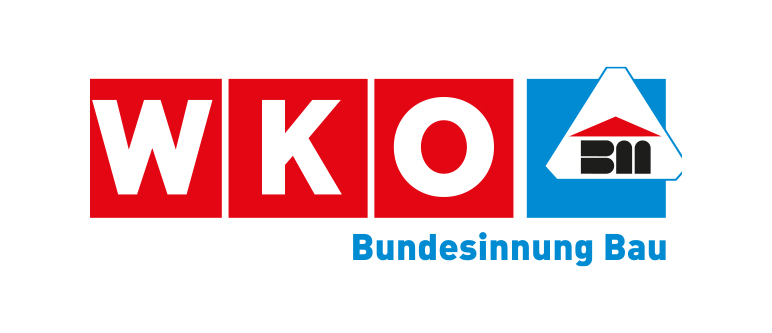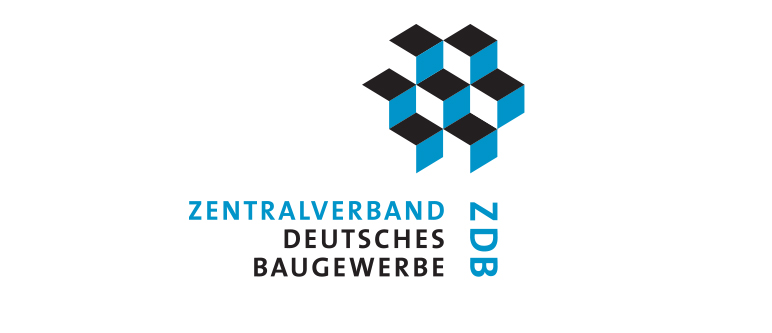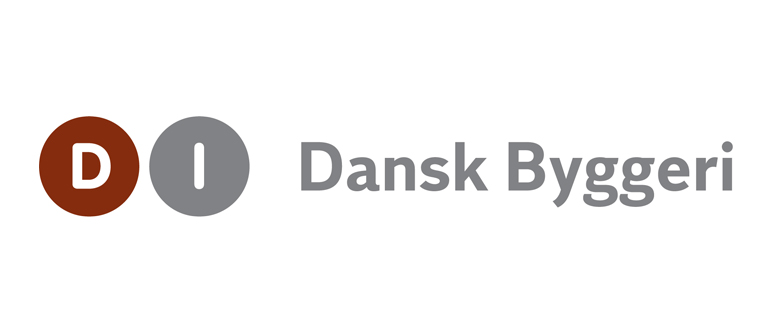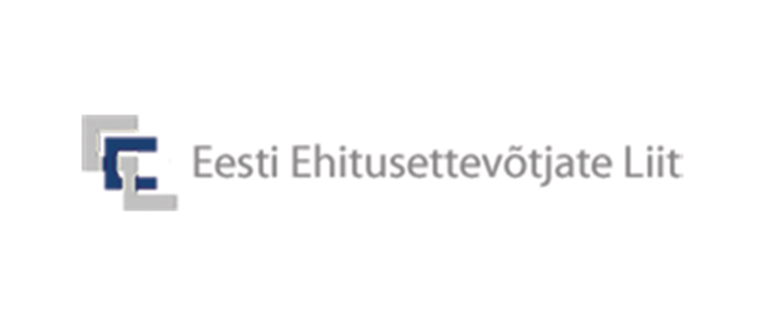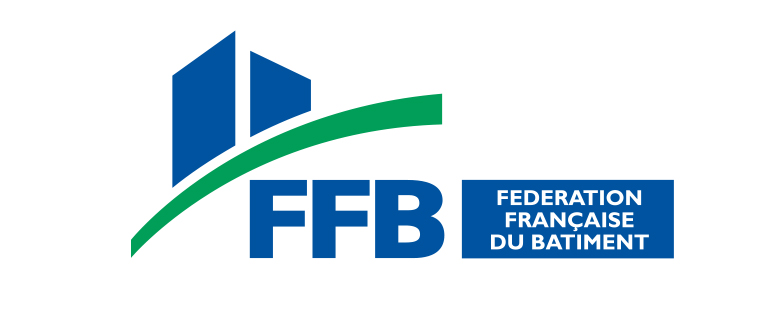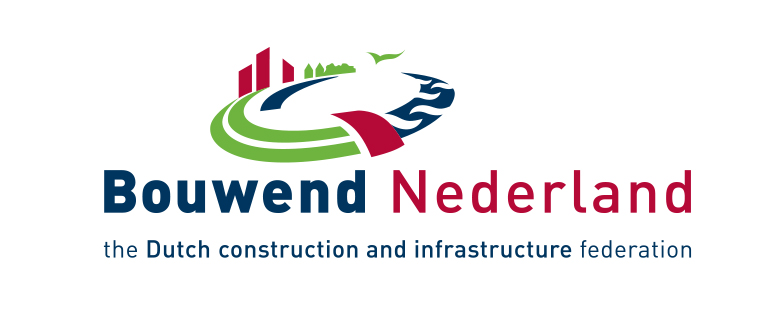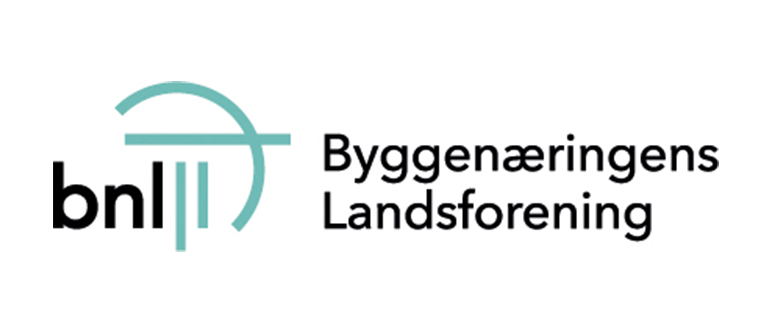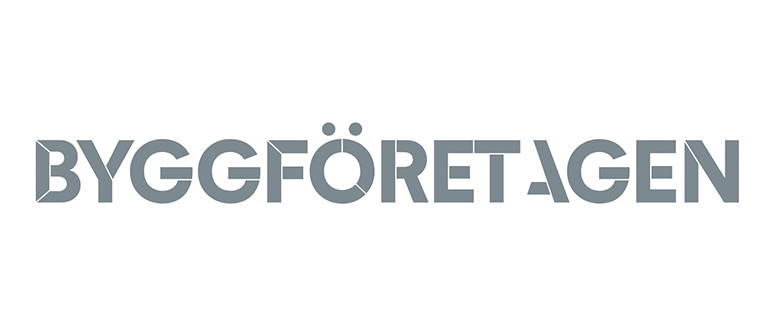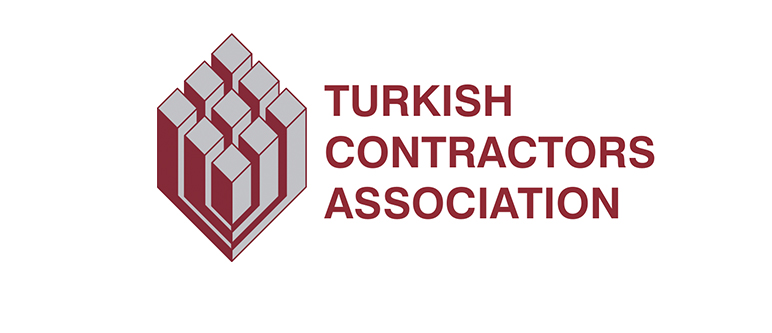Overall construction activity
For five consecutive years, i.e. from 2014 to 2019, Danish GDP growth reached annual rates of at least 2%. Public finances are healthy with a surplus of 3.7% of GDP in 2019 and a relatively low gross debt standing at 33% of GDP. In February 2020, Denmark registered the highest total employment ever in Danish economic history. Zooming into the construction industry, employment rose significantly by 23% from 2013 to 2019 with the industry now being confronted with the structural challenge of access to skilled labour from 2021 and onwards.
Housebuilding
Low interest rates led to a strong increase in house prices – initially in the major urban areas, but eventually in most parts of the country. During the period from 2014 to 18, prices for owner-occupied apartments rose more than prices for single-family houses. However, this trend has been reversed since 2019. The future scheme for housing taxation (originally planned for 2021 but postponed to 2024) was agreed upon by a broad majority in the Parliament in 2017 and will lead to stability in the market. Residential construction rose significantly from 2013 reaching its peak in 2018/2019. Total building starts of dwellings tripled during the period from 2013 to 2018/2019, from 11,500 to 32-33,000 but were expected to slightly decline to 29,000 in 2020. Rehabilitation and maintenance works are the least volatile segment and represent the most important share in construction employment.
GDP 2019
BILLION
POPULATION 2019
Total investment in construction in 2019
BILLION
Non-residential construction
Business investment in non-residential buildings declined to a historically low level during the financial crisis in 2009-2013 but regained a moderate pace since then. Privately financed non-residential construction is in general sensitive to the business cycle in contrast to state financed non-residential construction which is more resilient.
Civil engineering
In 2019, some large infrastructure investment projects were finalised – mainly the new circular subway in the centre of Copenhagen – which led to a lack of big projects in 2020. According to the Danish Construction Association, Denmark still lacks a long-term investment plan for infrastructure projects. The biggest investment is the Femern Belt Fixed Link, a tunnel connecting Denmark and Germany, with an estimated cost of approximately €8 billion. The start of construction works was initially fore-seen for 2016. However, the green light was only given recently. The works on the Danish side are supposed to start in January 2021 and will be finished in 2028.
| Per cent variation of investment in real terms on previous year | |||||||
| investment Mln. € fixed prices | |||||||
| Sectors | 2019a | 2016 | 2017 | 2018 | 2019a | 2020b | |
| 1. | Building | 20,731 | 14.4 | 9.6 | 3.2 | 6.7 | NA |
| 1.1. Housebuilding | 12,616 | 13.3 | 12.1 | 5.3 | 8.5 | NA | |
| 1.1.1. New | 4,828 | 29.2 | 29.2 | 6.3 | 9.3 | NA | |
| 1.1.2. R&M | 7,789 | 6.8 | 3.7 | 4.6 | 8.0 | NA | |
| 1.2. Non residential (c) | 8,115 | 16.0 | 6.0 | 0.1 | 3.8 | NA | |
| 1.2.1. Private | 4,278 | 14.6 | 5.7 | -1.5 | 2.8 | NA | |
| 1.2.2. Public | 3,837 | 17.6 | 6.5 | 1.8 | 5.0 | NA | |
| 2. | Civil Engineering | 6,016 | -10.5 | -9.8 | 10.1 | -3.5 | NA |
| (1 + 2) | Total Construction | 26,747 | 7.0 | 4.8 | 4.7 | 4.4 | NA |
| a: estimate - b: forecast - c: incl. R&M | |||||||
| Number of building permits in residential construction | |||||||
| 2016 | 2017 | 2018 | 2019a | 2020b | |||
| single dwelling | 5,572 | 5,612 | 6,174 | 5,781 | NA | ||
| collective dwelling | 23,380 | 22,732 | 28,264 | 18,707 | NA | ||
| other types of dwelling | 3,337 | 1,982 | 2,028 | 1,825 | NA | ||
| Total | 32,289 | 30,326 | 36,466 | 26,313 | NA | ||
| (Collective dwellings and other types of buildings: in number of flats) | |||||||




